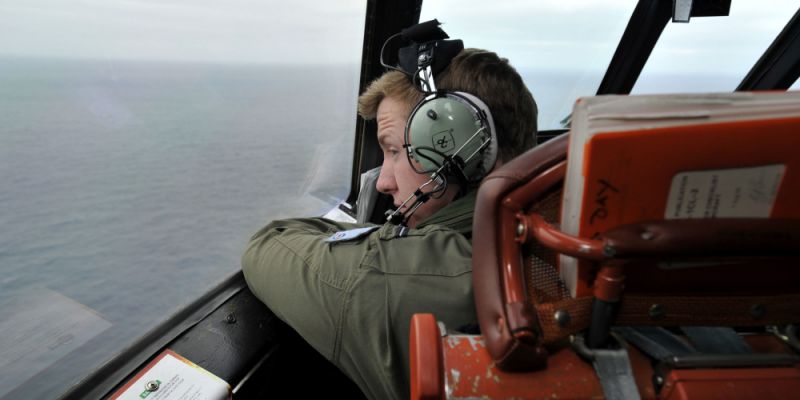
It wasn’t supposed to end like to this. Earlier today, ministers from the three nations responsible for finding Malaysia Airlines Flight 370-Australia, China, and Malaysia-announced that they would stop looking for the lost jet once the current 46,000-square-mile search zone is completed this fall. The decision was essentially an acknowledgement that they’d come up empty-handed in their quest to find the plane that disappeared from the face of the Earth in March 2014 with 239 people on board. This after two years of official assurances that success was right around the corner.
Why had they been so confident in the first place? How could they have been wrong?
Why had they been so confident in the first place? How could they have been wrong? And if the plane isn’t where it was supposed to be, where else could it have gone? We’ve gone through two years of clues and conspiracy theories and false starts. But to understand how we’ve come to this point, it’s necessary to review the clues that search officials possessed, and how they interpreted them.
Calculating the Direction of Flight
There were two reasons why investigators felt certain the plane had flown toward a specific area of the southern Indian Ocean. The first was publicly acknowledged, the second kept secret.
The first reason had to do with signals exchanged between the plane and an Inmarsat satellite. On the night of March 8, 2014, 40 minutes after takeoff, MH370 suddenly went electronically dark over the South China Sea. Every form of communication it had with the outside world was turned off. The plane then pulled a 180, flew back over peninsular Malaysia, headed up the Malacca Strait, and disappeared from radar.
Then, surprisingly, three minutes later, it began communicating again. A piece of equipment in the back of the plane called the Satellite Data Unit (SDU) sent a log-on request to an Inmarsat satellite perched in a geosynchronous orbit high above the Indian Ocean. For the next six hours, the SDU stayed in contact, automatically sending intermittent pings that were automatically recorded by Inmarsat computers on the ground.






